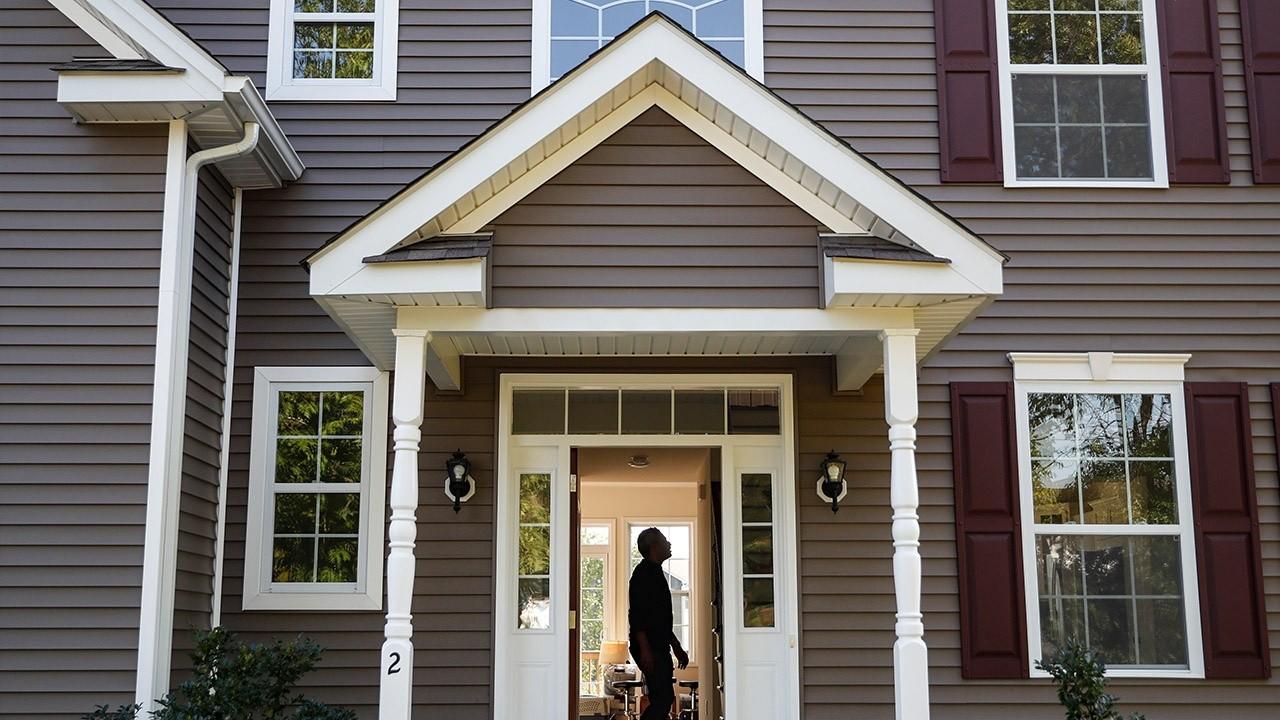Saving for a home down payment will take this long
The costly outlook has sent house hunters scrambling to take advantage of the current low rates.
Record low mortgage rates have juiced demand in the housing market, but rising home prices are putting would-be home buyers in a more difficult position to make a purchase.
Now would-be homebuyers are facing more pressure in becoming a homeowner as the down payment required to purchase a home has continued to increase with the overall price of housing.
MORTGAGE RATES HIT ANOTHER RECORD LOW FOLLOWING ELECTION UNCERTAINTY
“This presents a major obstacle to first-time home buyers who need to save more and more each year to make the transition from renting to owning a home,” Zillow’s senior economist Chris Glynn told FOX Business.“The savings finish line is always moving just a bit further away, which is compounded by incomes that haven't grown as fast as home values.”
Even though incomes have steadily improved since last year, home prices are growing even faster, a new report from Zillow reveals. On one hand, average U.S. homeowner incomes increased around 2.7% in September 2020 prior to the previous year, from $81,502 to $83,674. A typical homeowner in the U.S. spends 17.5% of their income on mortgage payments, property taxes and homeowner’s insurance. That share has decreased in recent years because of extremely low interest rates, which is good news for homeowners and potential buyers, according to Glynn.
However, home prices grew much quicker over the same period of time, with the average value of a U.S. home up by 5.8%. And over the past six years, home values have roughly doubled that of homeowner income growth, and the typical U.S. home is now worth 3.08 times more than the median homeowner household income.
Since the beginning of 2014, a 20% down payment on the typical U.S. home has ticked up from $36,600 to about $52,000 on a median home worth around $260,000, or 42%. The current down payment figure takes an average of 7.5 months of income from the median homeowner household compared with 6.4 months in 2014.
HOMEBUYERS' DOWN PAYMENTS RISE AS US HOME PRICES CLIMB
The costly outlook has sent house hunters scrambling to take advantage of the current low rates.
And as the typical U.S. home value continues to trend upward, Zillow expects that a 20% down payment will also rise to $55,600 by September 2021. By then, the average home value will be $278,000, or up 7%.
The real estate listings and data company also underlines the financial barriers that comes with saving up for a down payment on a home. More than a quarter of first-time buyers have difficulty saving for a downpayment. Further, 40% of all would-be homebuyers rely on loans from family or friends to cover at least part of the down payment, according to a 2020 Zillow survey.
However, first-time homebuyers shouldn’t think the downpayment requirement is 20% of bust, according to Bankrate.com’s chief financial analyst Greg McBride.
US ECONOMIC GROWTH SHATTERS RECORD AT 33.1%, BUT FAILS TO SNAP CORONAVIRUS RECESSION
“There are plenty of lower down payment programs available that are geared for first-time homebuyers, such as the 3.5% down payment through FHA, the 3% and 5% down payment programs offered through various Fannie Mae and Freddie Mac options, and even 0% down through the Veterans Administration,” McBride told FOX Business. “A 20% down payment may need to wait until your move-up home purchase, when you have the equity from your starter home to use as the down payment.”
As home prices rise over time, saving up for a 20% down payment is not only a moving target but a tall risk, according to McBride. There are also many other costs that home buyers need to consider, including closing costs, moving expenses and other price tags associated with home furnishing.
“You need to do all that without raiding your emergency fund – which you will need more than ever once becoming a homeowner,” McBride said.




















